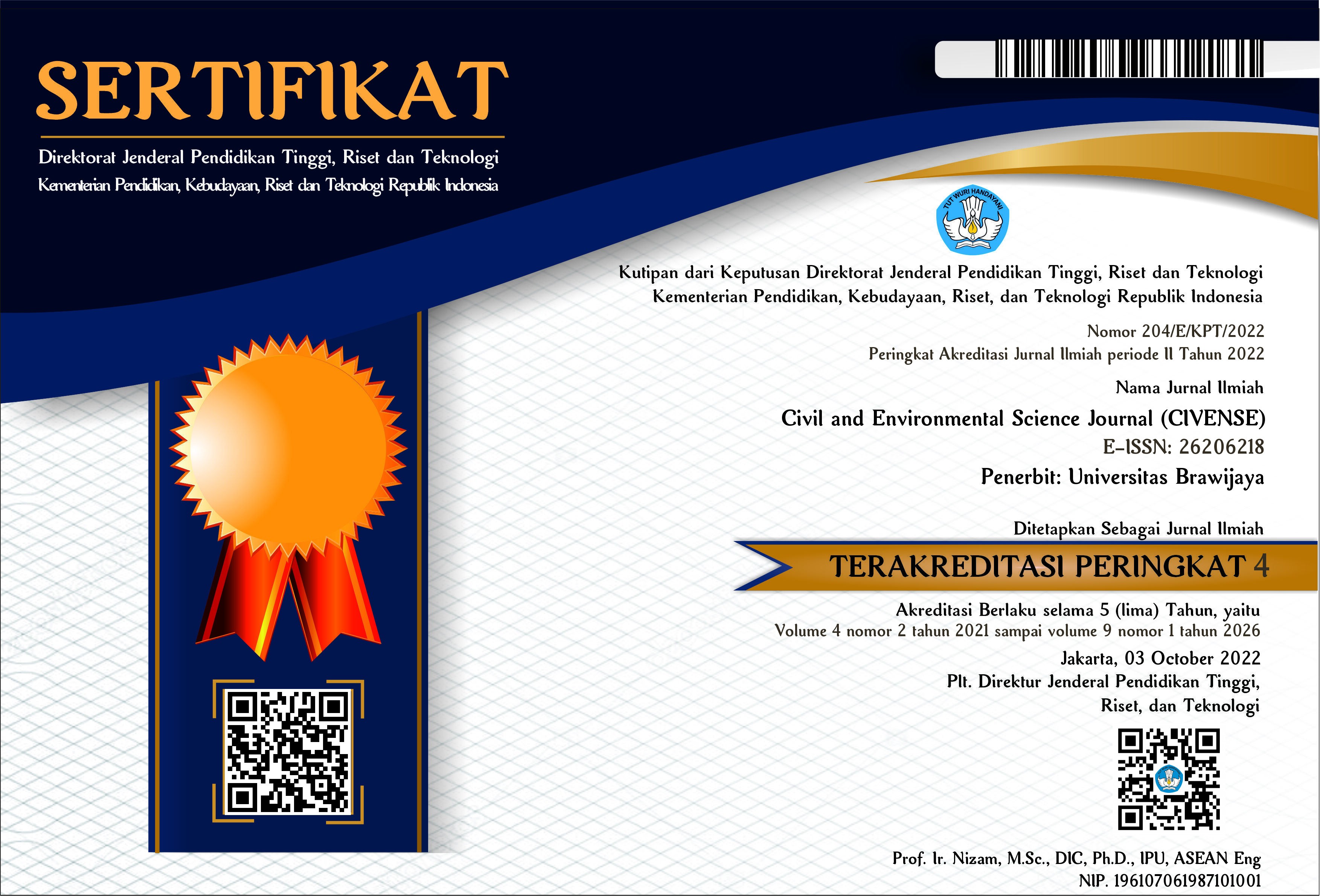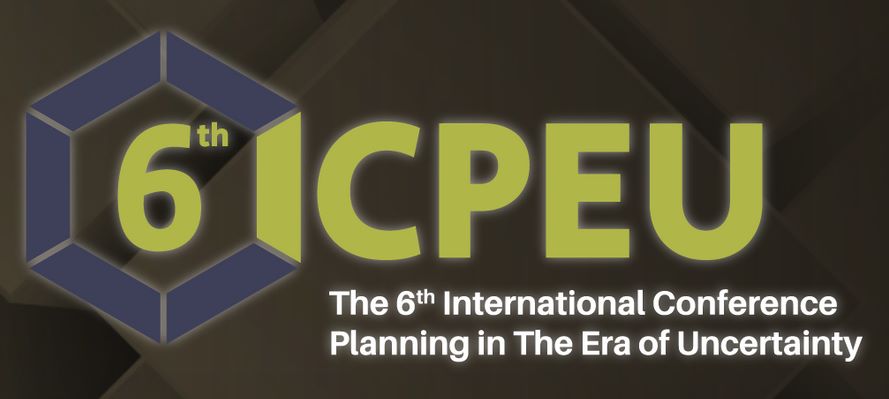North Jamrud Terminal Warehouse Performance by The Effect of Halal Logistics Issue
DOI:
https://doi.org/10.21776/ub.civense.2018.00102.1Keywords:
Halal Logistic, Halal Warehouse, Importance Performance AnalysisAbstract
The Government today, Government Business Entity and mass media in Indonesia are starting to pay attention to halal, since the turnover of halal products of the world has reached nearly 2 trillion dollars while Indonesia is still larger to be a consumer than a manufacturer. Not only foods, consumers in the world today want cosmetics to pharmaceutical products that have been halal certified. In Indonesia, problems with the potential of halal market today are still hit on the discourses. Indonesia still limited awareness not yet dared to action, whereas in nonMuslim countries themselves many have implemented halal supply chain. The establishment of Halal Hub Port in Tanjung Priok as the first Halal Hub Port pilot project in Indonesia is the forerunner to establish Halal Hub Port in other parts of Indonesia. Therefore, it is necessary to examine the needs of Halal Warehouse at Tanjung Perak Port which in fact is also a major port in Indonesia and is a distribution door for the central and eastern part of Indonesia. The study was conducted on 190 respondents who are stakeholders of Tanjung Perak Port. Using the Importance Performance Analysis method, the results of the research produced a quadrant graph where quadrant A is the main priority containing performance of L/U equipment in terminal, performance of L/U workers/operator in terminal, separation of halal and non-halal products in halal warehouse, sorting of halal and non-halal products that have been damaged, cold storage separation between halal and non-halal products, clean and avoid contamination between products, special training for officers in halal warehouse, and hygiene facilities for officers in warehouse/halal warehouse. Quadrant B is to maintain the achievement contains 11 items, Quadrant C is low priority contains 5 items, and Quadrant D is excessive contains 5 items. The existence of 8 items entered in quadrant A, indicating that stakeholders at Tanjung Perak Port are very aware with the potential of Halal Warehouse.
References
Anonim. 2004. Malaysian Standard 1500:2004, Halal Food-production, preparation, handling and storage-general guidelines (first revision), Department of Standards Malaysia.
Chandra A. 2014. Warehouse Performance Measurement Using the Balanced Scorecard Method – Case Studi at PT. GMS Jakarta. Metris Journal, 15 (2014): 105 – 110.
Jaafar, H.S., N. Faisol, A.R. Rahman and A. Muhammad, 2014. Halal Logistic vs Halal Suply Chain: A Preliminary Insight. In the Proceedings of the 2014 International Halal Conference, pp: xxx.
J. Supranto, 2006, Measuring Costumer Satisfaction Level: To Increase Market Share, Jakarta, Rineka Cipta.
Karia, N., M.H.A.H. , A., N., M., & S, K. (2015). Assessing Halal Logistics Competence: An Islamic-Based and Resource-Based View. In the Proceedings of the 2015 International Conference on Industrial Engineering and Operations Management, 1-6.
Ngah, A. H., Zainuddin, Y., & Ramayah, T. 2017. Modelling of Halal Warehouse Adoption Using Partial Least Squares (PLS). Research Gate, 2-3 (71-72).
Omar, E. N. & Jaafar, H. S. (2011). Halal supply chain in the food industry - A conceptual model. In Business, Engineering and Industrial Applications (ISBEIA), 2011 IEEE Symposium.
Shadan, H., Arshad, H., N. 2016. Issues in Halalan-Toyyiban Warehouse Implementation. Journal of Applied Environmental and Biological Sciences, 6(9S) 1-7.
Talib, Z., S. Zailani and Y. Zainuddin, 2010. Conceptualizations on the Dimensions for Halal Orientation for Food Manufacturers: A Study in the Context of Malaysia. Pakistan Journal of Social Sciences, 7 (2): 5661.
Tan, M.I.I., R.N. Razali and M.I. Desa, 2012. Factors Influencing ICT Adoption in Halal Transportations: A Case Study of Malaysian Halal Logistics Service Providers. International Journal of Computer Science Issues, 9 (1): 62-71.
Zailani, S., Z. Arrifin, N.A. Wahid, R. Othman and Y. Fernando, 2010. Halal Traceability and Halal Tracking Systems in Strengthening Halal Food Supply Chain for Food Industry in Malaysia (A Review). Journal of Food Technology, 8 (3): 74-81.
Downloads
Published
How to Cite
Issue
Section
License
Copyright (c) 2018 Civil and Environmental Science Journal

This work is licensed under a Creative Commons Attribution-NonCommercial 4.0 International License.
Authors who publish with this journal agree to the following terms:
Authors retain copyright and grant the journal right of first publication with the work simultaneously licensed under a Attribution-NonCommercial 4.0 International License that allows others to share the work with an acknowledgement of the work's authorship and initial publication in this journal.
Authors are able to enter into separate, additional contractual arrangements for the non-exclusive distribution of the journal's published version of the work (e.g., post it to an institutional repository or publish it in a book), with an acknowledgement of its initial publication in this journal.
Authors are permitted and encouraged to post their work online (e.g., in institutional repositories or on their website) prior to and during the submission process, as it can lead to productive exchanges, as well as earlier and greater citation of published work (See the Effect of Open Access).














